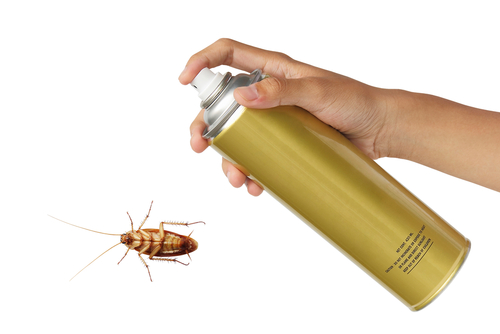New Insect Repellent Graphic Will Aid Consumers
 |
Using insect repellents to protect against the increasing threat of insect-borne diseases may become as common as using sunscreen to protect against skin cancer. At least that is the hope of the EPA and Centers for Disease Control and Prevention (CDC) in their joint effort to encourage the use of insect repellents and make it easier to determine what insects will be repelled and for how long.
The EPA’s new Repellency Awareness Graphic represents a big step forward in that effort and is the result of several years of work that included focus groups, an online survey, and working with manufacturers and others to create an understandable and simple set of symbols for use on product labels. The symbols provide an image of the insect or insects they repel , either a mosquito, a tick, or both, as well as the typical number of hours, or protection time, the repellent can be expected to continue to repel the insect(s).
Join the thousands of environmental professionals who have counted on the Environmental Manager’s Compliance Advisor newsletter’s practical advice and best practice case studies for over 30 years Learn More.
Although use of the Repellency Awareness Graphic is voluntary, companies that wish to use the graphic must apply to the EPA and provide the agency with new or existing scientific data to support their intended use. The EPA will then evaluate this information to ensure it meets current testing protocols and standard evaluation processes. According to the EPA, product protection time(s) are based on multiple reliable studies, and products bearing the new graphic will have been through an extra review by the EPA. The EPA anticipates consumers will begin to see the new graphic on product labels in early 2015.
In addition to the new label graphics, the EPA also offers a second way to sort through the many EPA-registered insect repellents. This is an interactive search tool that offers users a variety of variables to search with, including:
- Insect (mosquitoes, ticks, or both)
- Protection time,
- Active ingredient, and
- Other product-specific information.
Your “Peace of Mind” Guide to EPA Regulations
Environmental Manager’s Compliance Advisor saves time and worry with concise reports on what the EPA, DOT, and state regulators are doing and what that means for you.
For example, users first choose the desired protection time required and then the insect or insects to be repelled. Searches can then be further refined by specific product name if it is known, active ingredients (which are listed in a dropdown menu), specific company (also provided in a dropdown menu), and/or the EPA registration number. The tool also offers the option to download the entire insect repellent database in pdf format.
The EPA notes that when using the search tool, users should be aware of the following regarding search results:
- Only skin-applied insect repellent products registered by the EPA are listed in the search tool. No unregistered products are listed.
- The registration number means the company provided the EPA with technical information on the safety of the product and its effectiveness against mosquitoes and/or ticks. While this technical information is based on scientific testing guidelines and approved study methods, there are variations in the resulting protection times because of differences in the testing conditions.
- Any registered insect repellent product may have more than one product name that a company may use for marketing purposes. Users can look for the registration number of repellents products they buy and check them against search tool database.
- Some of the products listed may not be available in all areas of the United States.
The EPA registered insect repellent search tool is available at http://www2.epa.gov/insect-repellents/find-insect-repellent-right-you, and you can read more about how to protect your own yard from ticks in this article from Organic Daily Post.

1 thought on “New Insect Repellent Graphic Will Aid Consumers”